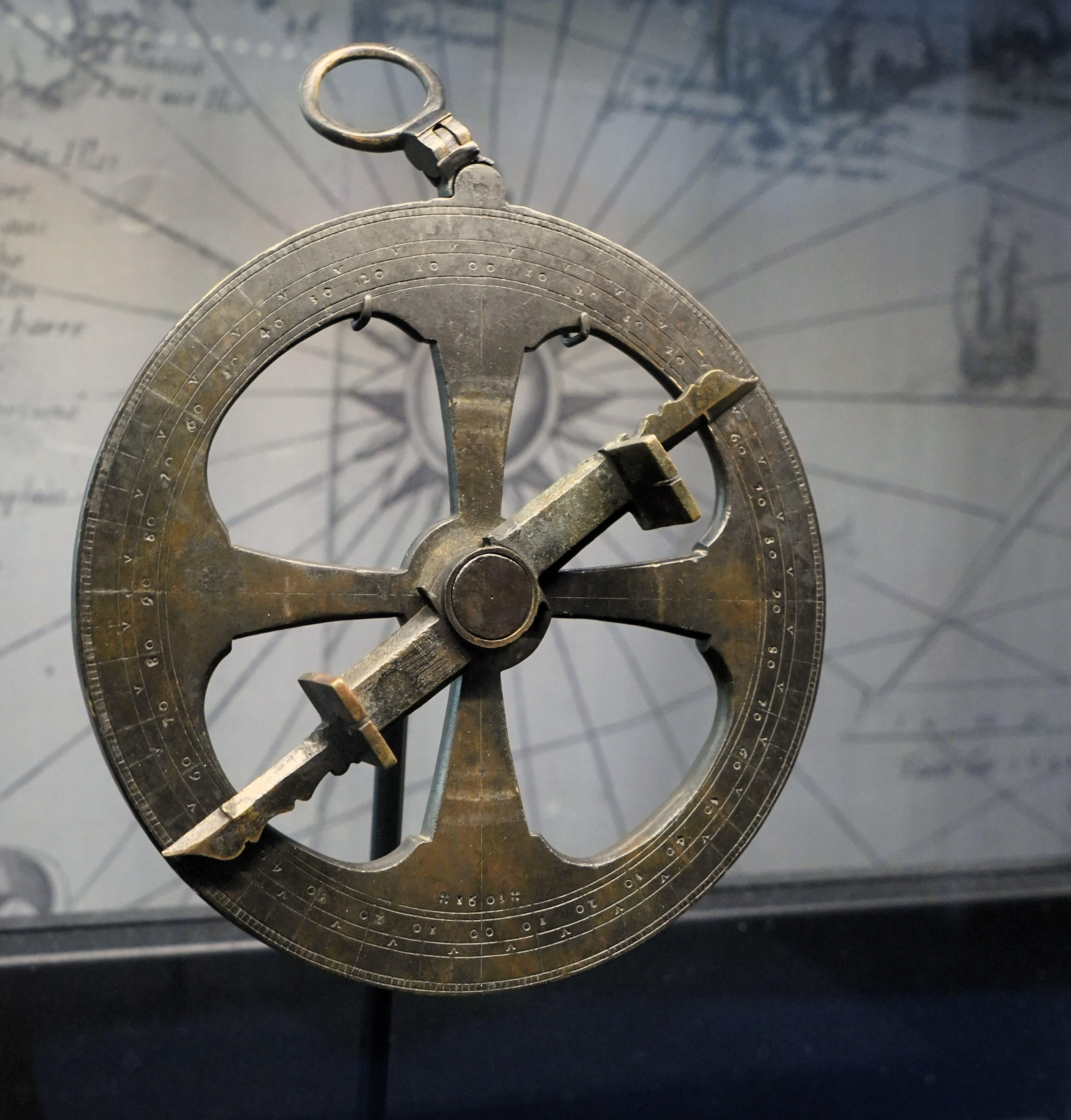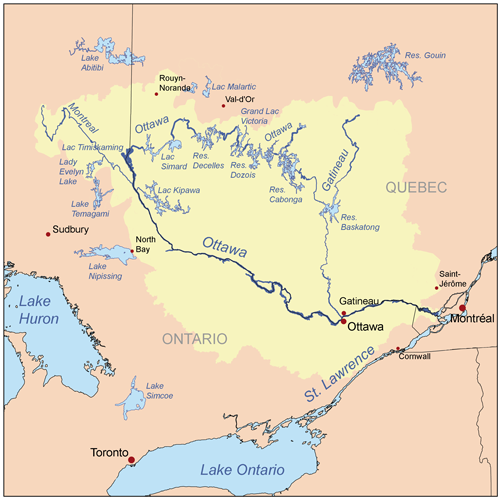https://en.wikipedia.org/wiki/Sudbury_Basin wrote:
<<The Sudbury Basin, also known as Sudbury Structure or the Sudbury Nickel Irruptive, is a major geological structure in Ontario, Canada. It is the third-largest known impact crater or astrobleme on Earth, as well as one of the oldest. The crater formed 1.849 billion years ago in the Paleoproterozoic era. The basin is located on the Canadian Shield in the city of Greater Sudbury, Ontario. The former municipalities of Rayside-Balfour, Valley East and Capreol lie within the Sudbury Basin, which is referred to locally as "The Valley". The urban core of the former city of Sudbury lies on the southern outskirts of the basin.
The Sudbury basin formed as a result of an impact into the Nuna supercontinent from a bolide approximately 10–15 km in diameter 1.849 billion years ago in the Paleoproterozoic era. Debris from the impact was thrown more than 800 km; rock fragments ejected by the impact have been found as far away as Minnesota.
Models suggest that for such a large impact, debris was most likely scattered globally, but has since been eroded. Its present size is believed to be a smaller portion of a 130 km round crater that the bolide originally created. Subsequent geological processes have deformed the crater into the current smaller oval shape. Sudbury Basin is the third-largest crater on Earth, after the 300 km Vredefort crater in South Africa, and the 150 km Chicxulub crater under Yucatán, Mexico.
The large impact crater filled with magma containing nickel, copper, palladium, gold, the platinum group and other metals. In 1856 while surveying a baseline westward from Lake Nipissing, provincial land surveyor Albert Salter located magnetic abnormalities in the area that were strongly suggestive of mineral deposits, especially near what would later become Creighton Mine. The area was later examined by Alexander Murray of the Geological Survey of Canada, who confirmed "the presence of an immense mass of magnetic trap". Due to the then-remoteness of the Sudbury area, Salter's discovery did not have much immediate effect. The later construction of the Canadian Pacific Railway through the area, however, made mineral exploration more feasible. The development of a mining settlement occurred in 1883 after blasting at the railway construction site revealed a large concentration of nickel and copper ore at what is now the Murray Mine site, named by owners William and Thomas Murray.
The Vermillion Mine, which was the first in the Basin to be exploited, was the site at which Frank Sperry (a chemist of the Canadian Copper Company) made the first identification in 1889 of the arsenide of platinum which bears his name. As a result of these metal deposits, the Sudbury area is one of the world's major mining communities, and has fathered Vale Inco and Falconbridge Xstrata. The Basin is one of the world's largest suppliers of nickel and copper ores. Most of these mineral deposits are found on its outer rim.
Due to the high mineral content of its soil, the floor of the basin is among the best agricultural land in Northern Ontario, with numerous vegetable, berry, and dairy farms located in the valley. However, because of its northern latitude, it is not as productive as agricultural lands in the southern portion of the province. Accordingly, the region primarily supplies products for consumption within Northern Ontario, and is not a major food exporter.
NASA used the site to train the Apollo astronauts in recognizing rocks formed as the result of a very large impact, such as breccias. Astronauts who would use this training on the Moon included Apollo 15's David Scott and James Irwin, Apollo 16's John Young and Charlie Duke, and Apollo 17's Gene Cernan and Jack Schmitt. Notable geologist instructors included William R. Muehlberger.>>
 Perseid Outburst at Westmeath Lookout
Perseid Outburst at Westmeath Lookout


